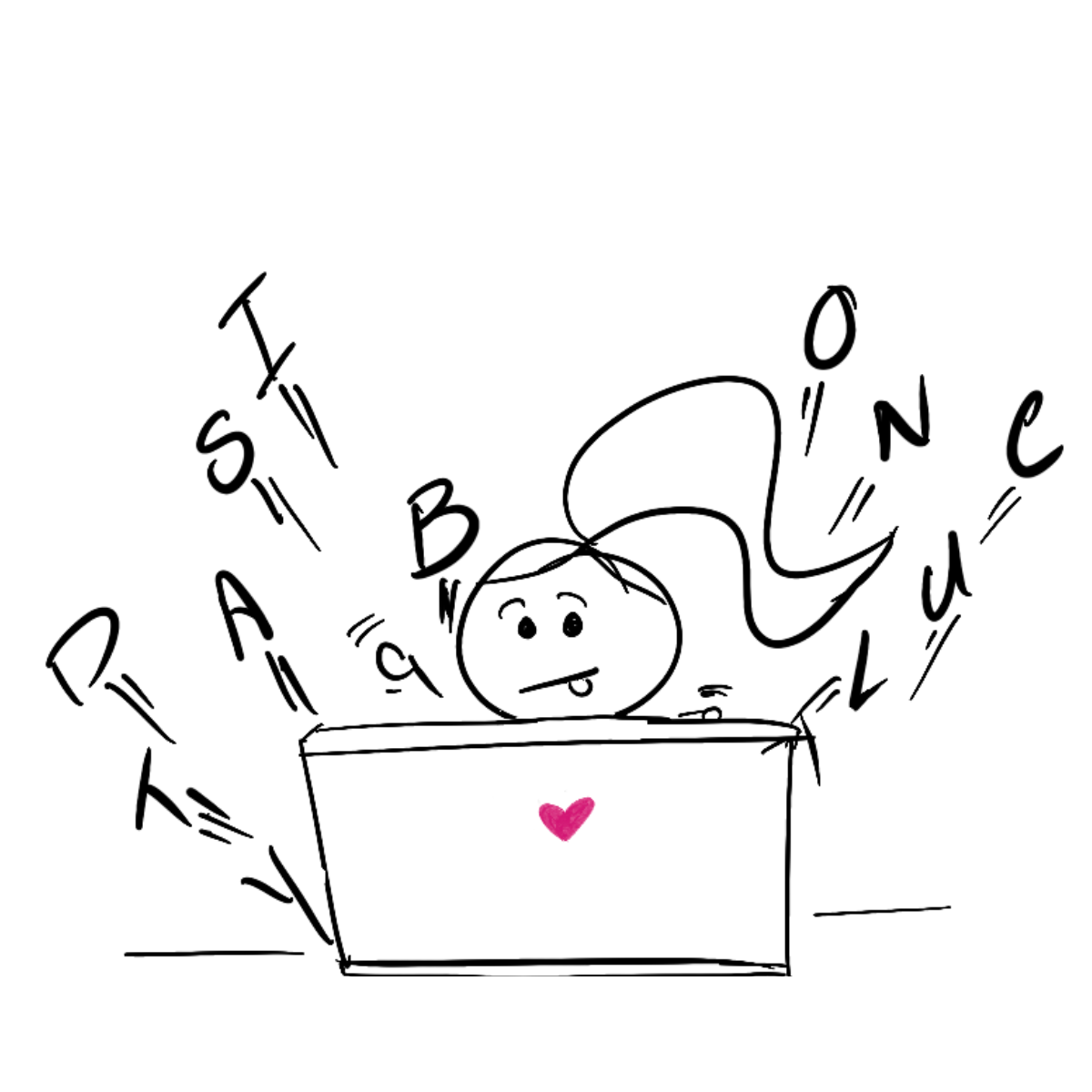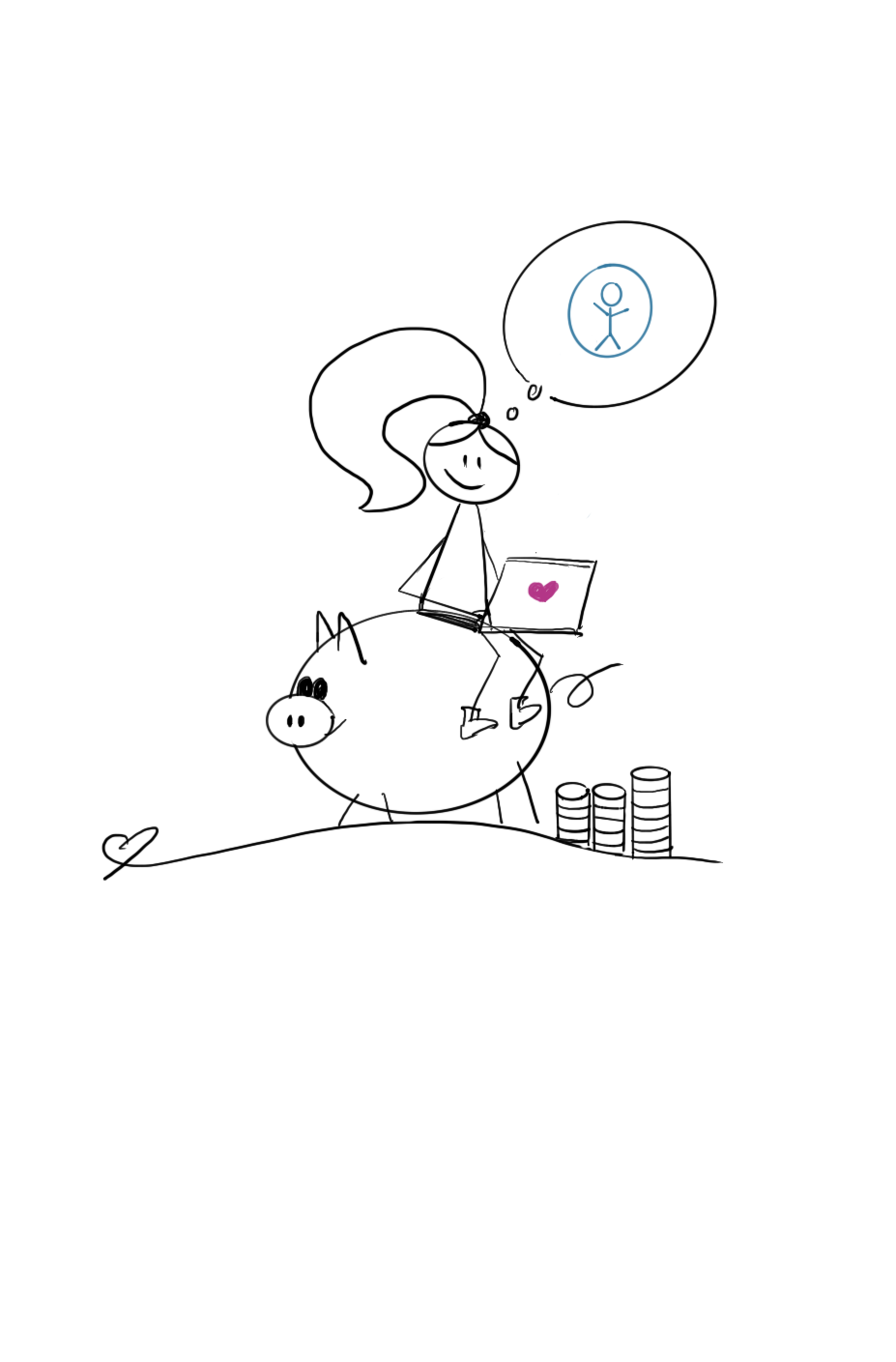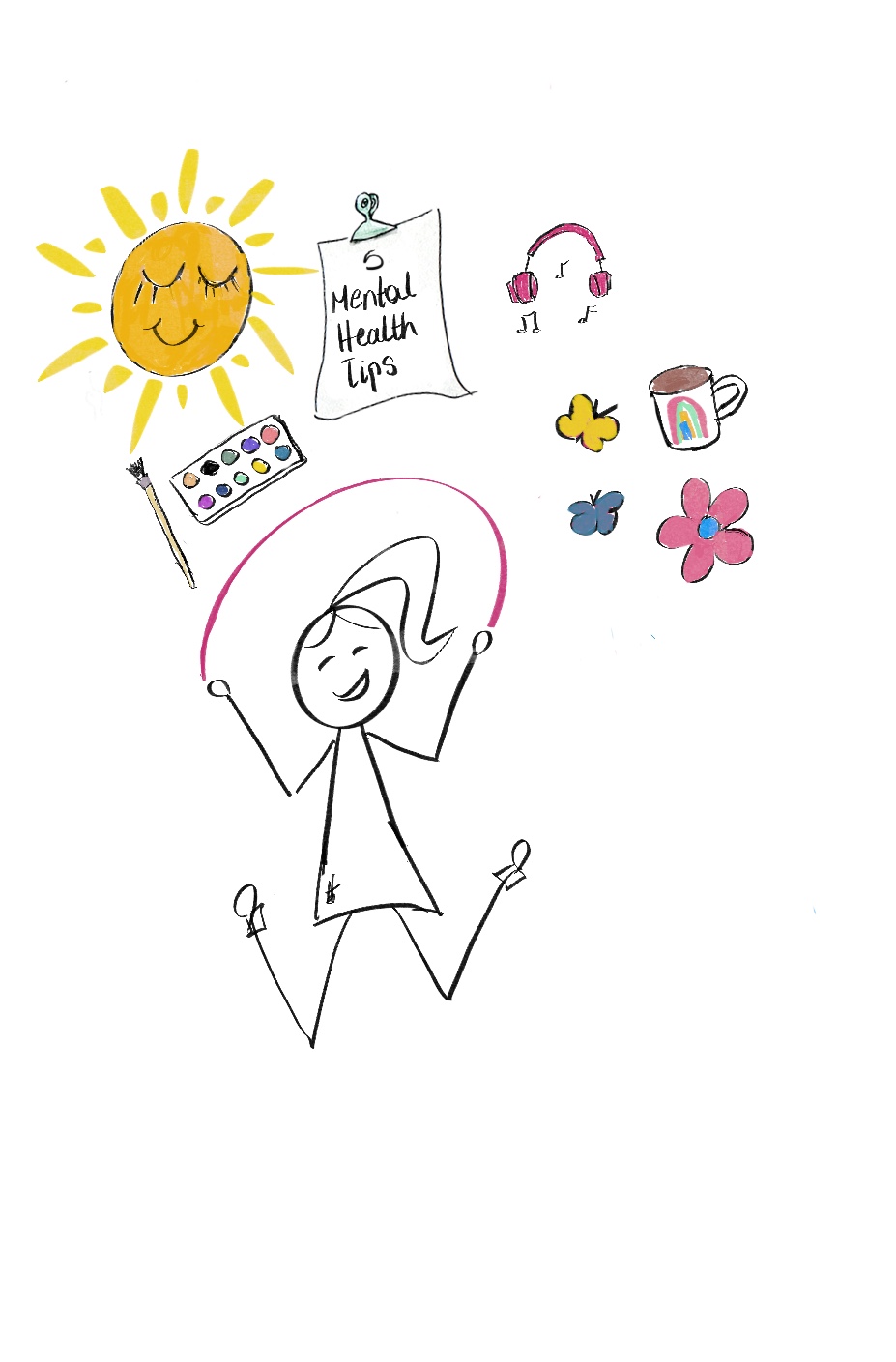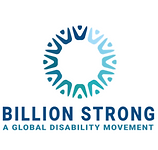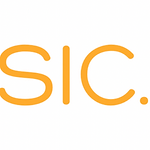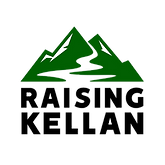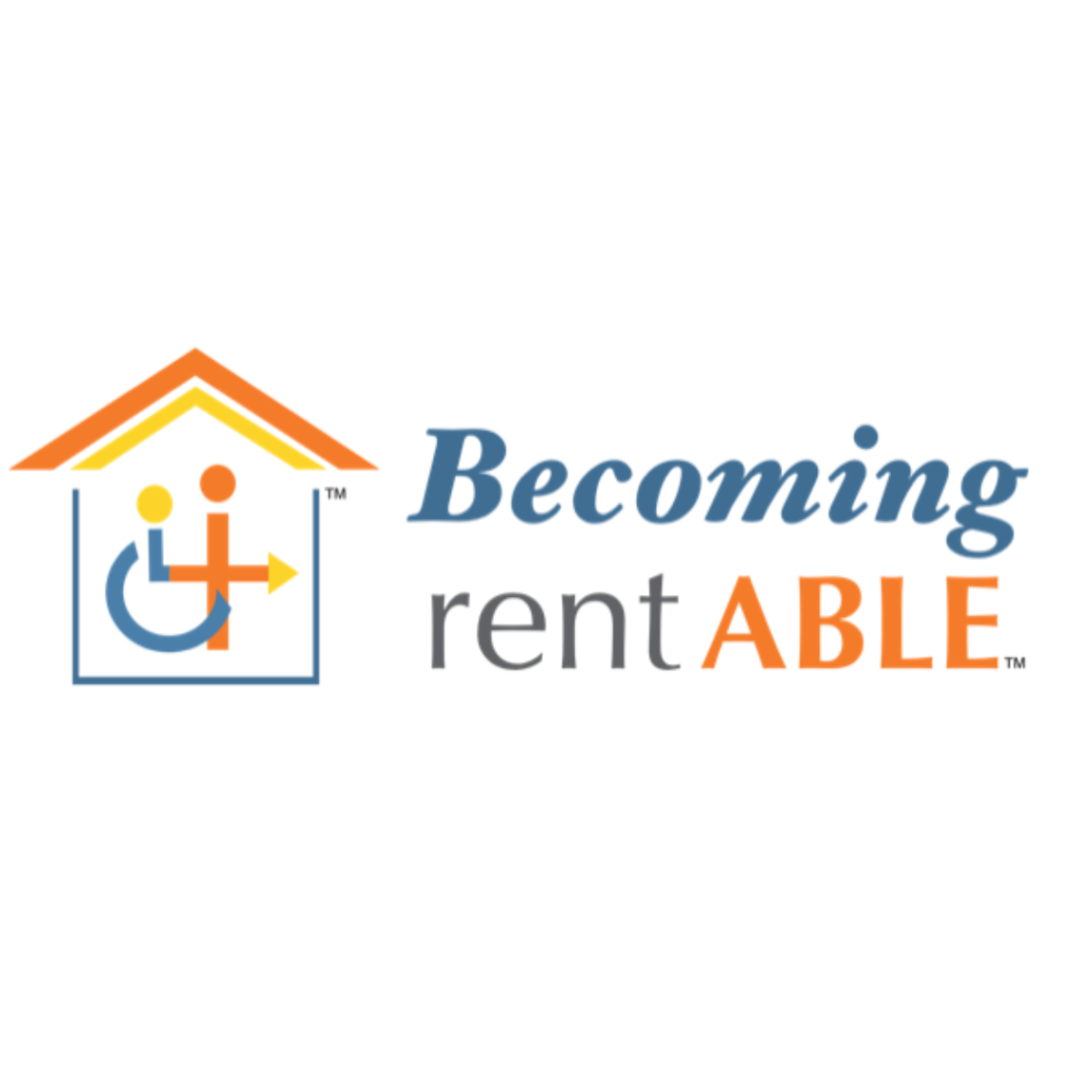Empower Inclusivity: 3 Powerful Solutions and Pro Tips To Overcome Ableism In Your Workplace
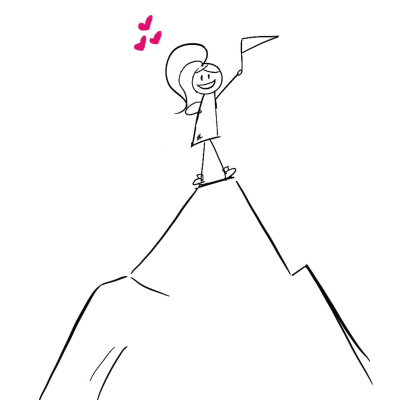
It’s hard, right?
One day, you feel like you know exactly how to tackle ableism, and the next, you're wading through uncertainty.
It’s like trying to find the one shiny needle in a massive haystack of confusing advice. It's exasperating,
But guess what?
That feeling is as normal as a sunny day.
I hear it from my clients all the time, and I’ve learned how to swap the fuzz for a clear, actionable plan.
In this guide, I’m sharing 3 powerful solutions to overcome ableism in your workplace, including my favourite pro tips.
These are the steps will turn your intention into a beaming company culture.
Let's Clear the Air: What is Ableism, Really?
Ableism is such a common way of thinking, it’s scary.
It creeps like a dark shadow in our behaviour, in our schools, our language, and yes, our workplaces.
It creates a clutter of harmful beliefs: that disabled people are either broken victims needing protection, or people who receive "too much" kindness.
To top it off, most people think being disabled means you lack independence or rely on others for everything at work.
This belief, that your abilities are superior to those of a disabled person, is ableism.
And, since our society wasn’t built with disabled people in mind, it's natural that we've all internalised some of these beliefs.
How can you move past this and create change in your workplace?
3 solutions to creating a disability-inclusive workplace
In my experience, people have a yucky habit of letting their ableism run wild and this includes the workplace.
I know I have.
For example, I remember family telling me, "Lia, you'd forget your head if it wasn't attached to your shoulders." Teachers would say: "Stop twirling your hair. Why can't you just sit normally like the other students..."
So, I grew up thinking I'm not good enough, I don't fit in, and I learned it's best to hide this behaviour at work so that people don't think I'm weird, and too different.
This belief is damaging.
In fact, it's limiting and leaves us feeling bad about ourselves.
So, what can you do?
Solution 1: Confess your internalised ableism
The first step to ending ableism is to notice how you view a disabled person.
Because we’re talking about people. These are your friends, your colleagues, even your loved ones.
Ask yourself, what influence do your own limiting beliefs have on your behaviour? And, what changes would you crave to see?
Then, engage with your disabled staff.
Dive into their unique needs and internalised ableism, share ideas, and join forces to empower disability inclusion and banish ableism from your business culture.
Who's leading the way?
The National Bank of Canada.
They built accessibility and anti-ableism policies and made accessibility training mandatory for every employee. According to their 2025 accessibility progress report, the results are rolling in fast—59% of staff completed staged disability awareness training by February 2025.
The powerhouse founders of Disabled By Society are redefining what disability inclusion looks like in the workplace.
Celia Chartres-Aris (née Hensman) is a multi-award-winning Disabled government special advisor, campaigner, and policy expert championing disability equity.
Jamie Shields, a multi-award-winning consultant, speaker, and trainer.
Together, they’re leading the way in disability inclusion by offering bespoke services that fast-track inclusive, accessible change.
They also host The Unlearning Ableism Podcast, a heartwarming LinkedIn Live series where curiosity, courage, and connection take centre stage.
But let’s say you've done that.
What's the next step?
There’s no exact science to it, but here’s the process I recommend.
Solution 2: Erase the ability and income gap
Did you know that if you’re a white, male, heterosexual Disabled person, you’re more likely to be welcomed and included at work?
But if you’re Black, a woman, or LGBTQ+ and Disabled—that door doesn’t always swing open so easily.
A recent Economic and Social Research Institute study found that mental health conditions, intellectual disabilities, and autism are judged more harshly than physical or sensory disabilities.
Even more disturbing?
Physically disabled women face more bias in workplace relationships than their male counterparts.
These biases spread like the flu—one person brings it in, and suddenly, ten others catch it.
For the first time, it dawns on you.
If you’re a Disabled person with stable income, strong education, and solid work experience, you’re often seen as independent, capable, and worthy of inclusion.
But most Disabled people don’t have that privilege—and they face the consequences daily.
According to 2024 data:
- In the EU, the employment gap between people with and without disabilities is 24 percentage points.
- In the UK, only 53.1% of Disabled people are employed, compared to 81.6% of non-Disabled people—a 28.5-point gap.
So… how do we start to close this socio-economic, ableist gap?
The key lies in your Disabled employees.
When they’re safely included and valued, they’re more likely to wonder:
“How can we lift up other Disabled people, too?”
That’s where real inclusion begins—inside your workplace.
Here’s what that looked like in action:
Back in 2012, our guide dog school hired its first Disabled, long-term unemployed employee, Alex.
Alex saw possibility everywhere and potential in everyone. His energy was contagious; he turned our ideas into action.
When austerity hit Athens, our funding tanked, and our marketing team felt like a squeezed balloon.
Then Alex got to work—organising a Disability hub and three online brainstorming sessions.
Together, we came up with low-cost campaigns our guide dog handlers could lead.
By 2014, funding had jumped 6.8%.
We did it by uniting voices and lifting each other up.
So, go beyond just hiring Disabled people—truly include those from marginalised and economically underprivileged backgrounds.
Give them a seat, a say, and space to thrive.
Solution 3: Make accessibility inclusive for everyone
Did you know that ableism can change depending on the workplace, and even the type of disability?
Yeap.
A 2024 study from the Economic and Social Research Institute found that employers are more likely to hire someone with a spinal disorder than someone with an anxiety disorder.
In other words, productivity has become the prized trophy.
And as long as we reward only one kind of “productive,” ableism will keep winning.
So how do we flip that script?
Start by giving accessibility the same love and attention you give everything else you create. Make it your design mantra—from hiring and product development to communication and customer experience.
For example:
- Design a website that’s actually accessible.
- Make sure your building welcomes wheelchair users.
- Add braille and tactile guides for blind visitors.
- Create calm, sensory-friendly spaces for neurodivergent people.
- Offer interpreters for Deaf guests.
And here’s where tech can help.
Like a friendly assistant, generative AI supports neurodivergent employees by simplifying information, structuring tasks, and crafting clear messages, smoothing communication and boosting confidence.
Of course, accessibility doesn’t end with a checklist.
The goal is to extend a genuine, human welcome to every disability group.
Why does this matter?
Because empathy expands us. It makes us better humans and turns workplaces into places that feel like home for everyone.
One of my favourite examples is WelcoMe, a free web-based communication tool that connects your staff with disabled visitors before they arrive. It even offers quick, bite-sized training to help your team understand each person’s specific needs—no guesswork, just real support.
That’s how you create true customer-centered magic, every single day.
And when that happens?
Your business becomes a place people trust—because they feel seen, heard, and welcomed.
Give your workplace a fresh start
It's not just a task.
It's an adventure!
Roll up your sleeves, spark your creative juices, and make this disability-inclusive transformation fun and engaging.
Team up with your disabled employees and create a vibrant, equitable workplace for everyone.
Empower inclusivity and overcome ableism.
I'm ready.
Are you?
Are you worried your strategy is chug-chugging in place?
Grab my accessibility checklist straight to your inbox and automatically join Disability Tidbits—a bi-weekly newsletter packed with inclusivity tips to help you keep moving forward.

